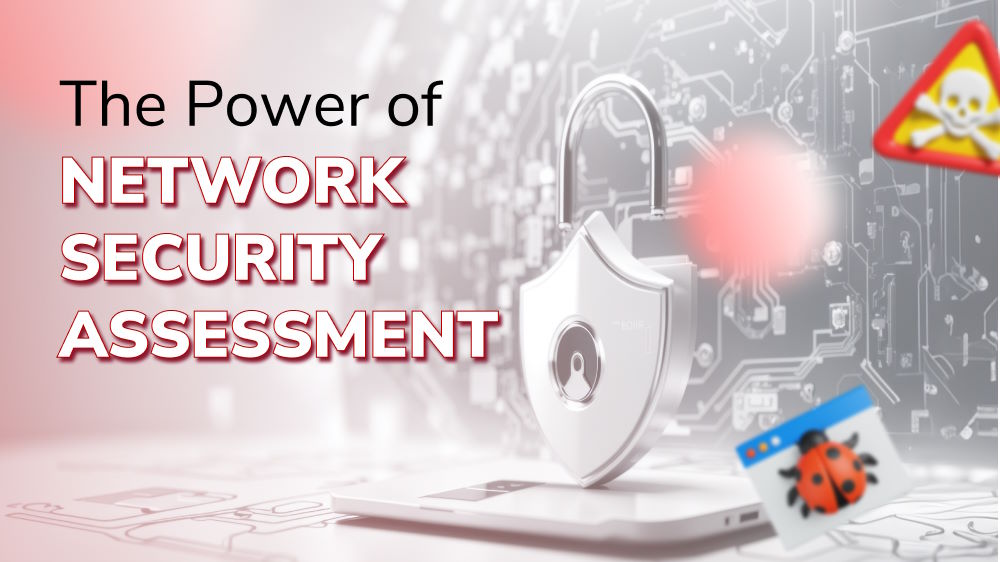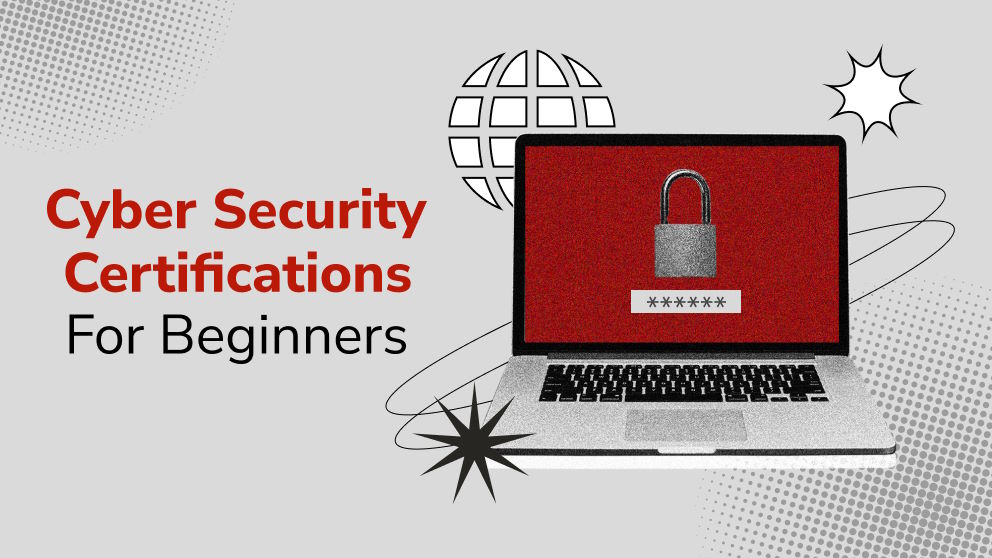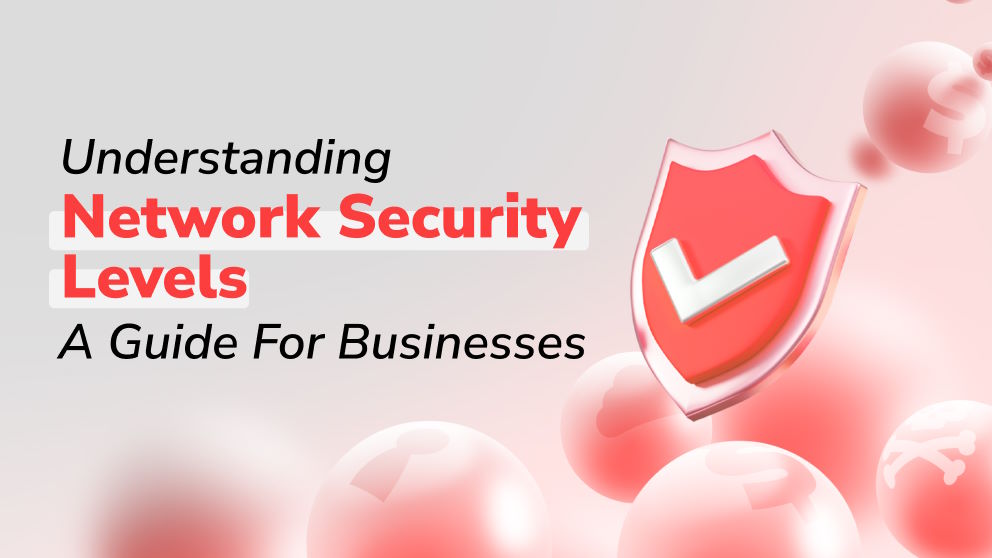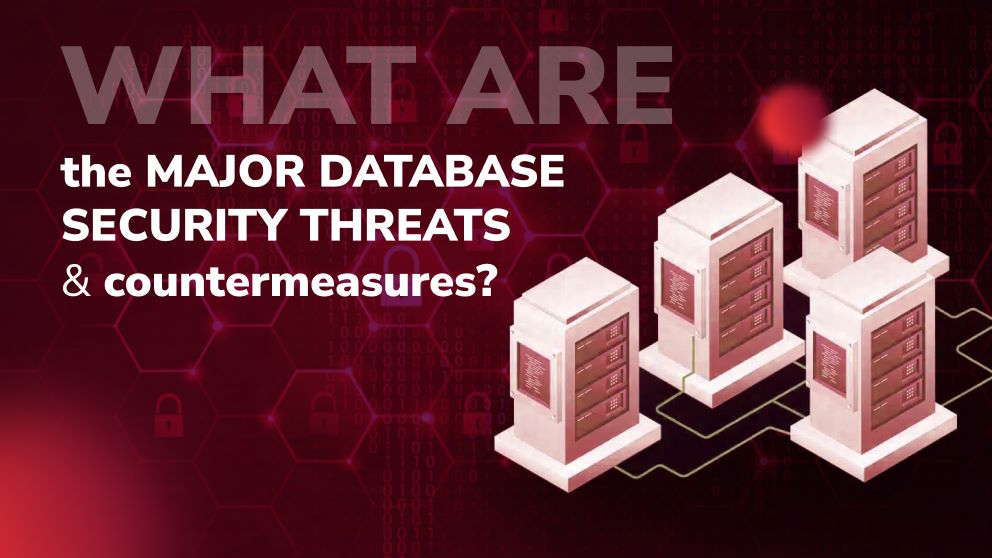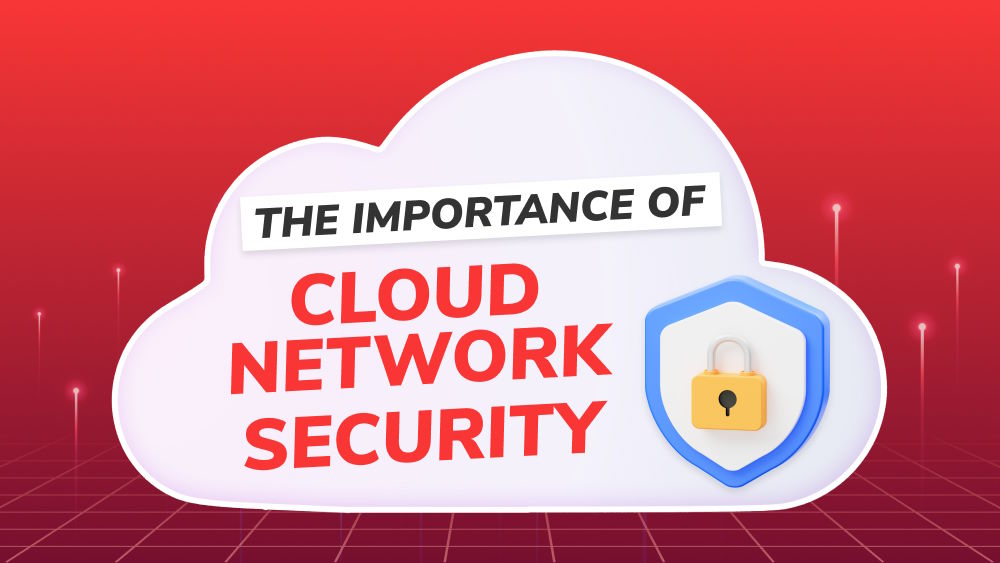Types of Information Security: A Comprehensive Guide to Protecting Your Data
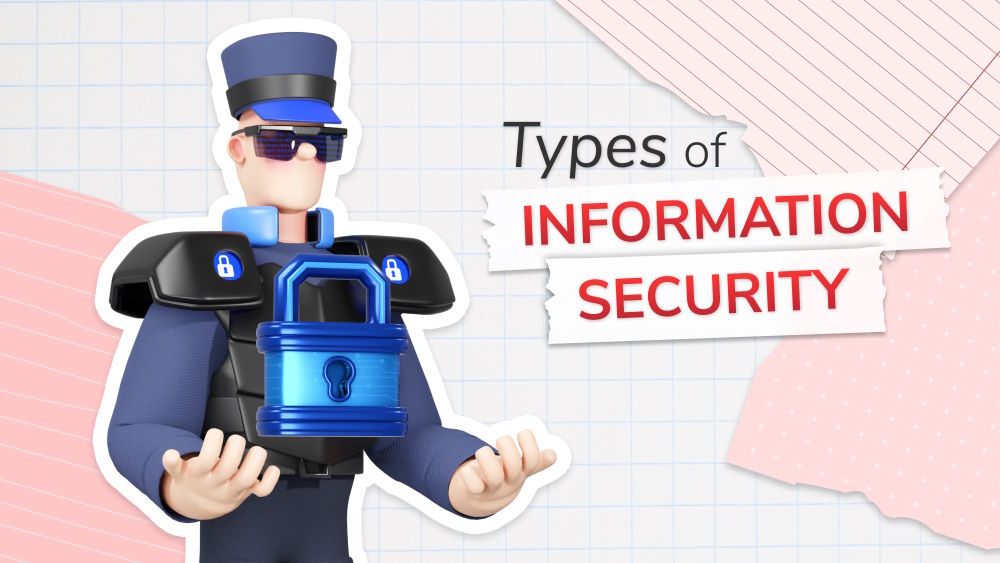
Content Map
More chaptersIn today’s digital age, protecting your data is more important than ever. With cyber threats on the rise, it’s essential to understand the different types of information security and how they can help safeguard your sensitive information.
In this comprehensive guide, we’ll explore the various types of information security, including encryption, access control, network security, and more. By implementing these measures, you can ensure your data is protected from unauthorized access and ensure the privacy and security of your information.
What is Information Security?
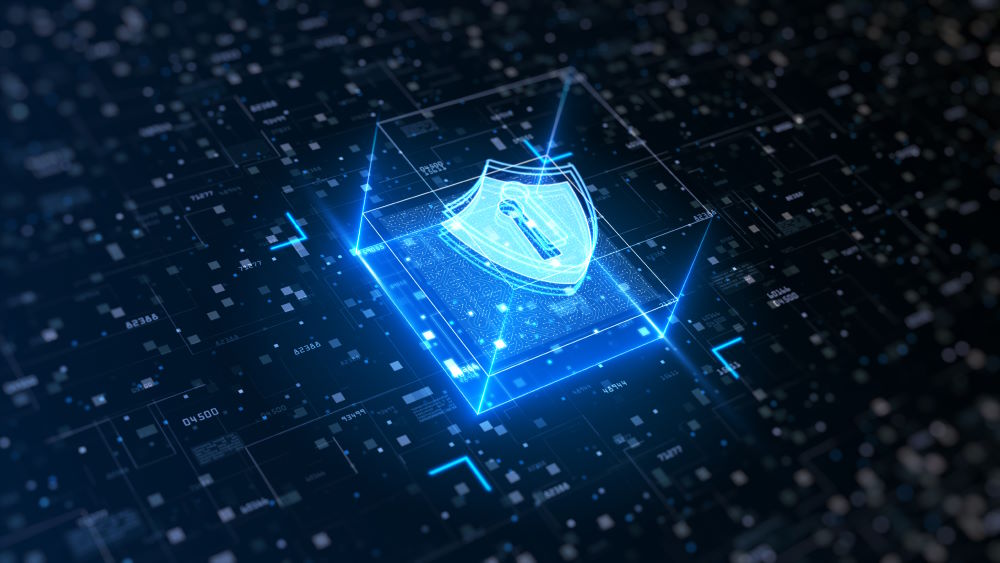
Information security, or InfoSec, is essential in today’s digital world. With the increasing amount of sensitive information being stored and transmitted digitally, the risk of data breaches and cybercrime is on the rise. Individuals and businesses alike need to take measures to protect sensitive data from unauthorized access, theft, and misuse.
Data breaches and cybercrime can have severe consequences for individuals and businesses. For individuals, it can result in identity theft, financial loss, and reputational damage. For businesses, it can result in financial loss, reputation damage, legal liability, and loss of competitive advantage.
Information security refers to the act of securing data, information systems, and networks from unknown access, use, disclosure, disruption, modification, or destruction. It involves implementing various measures to ensure the confidentiality, integrity, and availability of information.
The Role of Information Security Measures in Businesses
One of the key roles of information security measures in businesses is to protect sensitive data. Confidential data can include trade secrets, customer information, financial data, and more. By implementing intrusion prevention systems such as data encryption, access control, and firewalls, businesses can make sure that sensitive data is protected from unauthorized access or misuse.
Information security measures can also help businesses comply with regulatory requirements. Many industries have non-disclosure agreements (NDAs) that mandate the protection of sensitive data. Failure to comply with these regulations can lead to legal liability, fines, and reputational damage. By implementing effective information security measures, businesses can make sure they compliance with these regulations and avoid potential legal and financial repercussions.
In addition to protecting sensitive data and ensuring regulatory compliance, information security measures can also help businesses maintain their reputation. A data breach and cyber attack can result in significant reputational damage for a business, leading to a loss of customer trust and revenue. By implementing effective information security measures, businesses can demonstrate their commitment to protecting sensitive data and maintaining the trust of their customers.
Finally, information security measures can also help businesses maintain their competitive advantage. In today’s digital world, businesses that can effectively protect their sensitive data and maintain the privacy and security of their customers are more likely to succeed. By implementing effective information security measures, businesses can remain competitive and continue to thrive in today’s digital age.
Types of Information Security
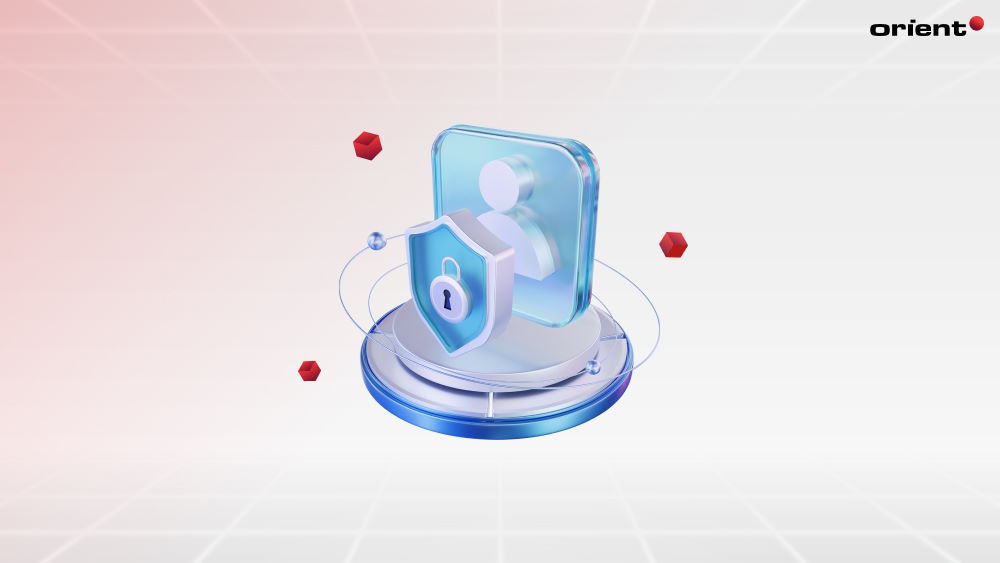
There are different types of information security measures that organizations can use to protect digital information and assets. Here are some of the primary types of information security.
Application Security
This type of security seeks to protect computer programs and application programming interfaces (APIs) by ensuring that the information used by these programs follows the confidentiality, integrity, and availability (CIA) guidelines to function properly.
Application security typically is the measures taken to protect software applications from threats and vulnerabilities that can compromise the confidentiality, integrity, or availability of the data and systems they operate on. It involves designing, developing, testing, and deploying applications with security in mind, as well as implementing controls to detect and respond to security incidents.
Application security encompasses a variety of techniques and practices, including:
- Authentication and authorization - the intrusion prevention system of verifying the identity of users and granting them appropriate levels of access to resources within an application.
- Input validation - ensuring that all data entered into an application is properly sanitized and validated to prevent injection attacks such as SQL injection, cross-site scripting (XSS), and other similar attacks.
- Encryption - data loss prevention by encrypting it during storage and transmission.
- Access control - implementing data security policies or identity and access management to control who can access what data and functions within an application.
- Secure coding practices - developing applications using secure coding practices that reduce the risk of vulnerabilities.
- Security testing - performing various types of security testing, such as penetration testing, vulnerability scanning, and code reviews, to identify and remediate vulnerabilities.
Cloud Security
Cloud security is a set of policies, technologies, and controls that focus on protecting cloud-based components and information from various security threats. It provides similar protections to application and infrastructure security but with an added emphasis on vulnerabilities that arise from Internet-facing services and shared environments, such as public clouds. Cloud security also involves centralizing security management and tooling to maintain visibility of information and information threats across distributed resources.
Cloud security’s purpose is to shield cloud assets from threats. One of the main concerns about InfoSec is whether it can protect cloud-based resources, particularly because the cloud is an increasingly crucial component of business operations.
Cloud security is particularly important because cloud computing environments are accessible from anywhere, making them vulnerable to attacks from anywhere in the world. Additionally, cloud providers often manage the underlying infrastructure, introducing new security risks for organizations relying on cloud-based services.
Infrastructure Security
Infrastructure security keeps the physical assets that support a network safe, including servers, mobile devices, client devices, and data centers. With the increasing connectivity amongst these components, it is important to take proper precautions to prevent information security risks.
The risk arises due to the possibility of vulnerabilities spreading across interconnected systems. If one component of the infrastructure fails or is compromised, it can affect all the dependent components. Therefore, one of the primary objectives of infrastructure security is to isolate components and minimize dependencies while still allowing intercommunications. This helps to contain security incidents and prevent them from spreading to other parts of the infrastructure.
Endpoint Security
Endpoint security refers to the measures taken to protect various end-user devices, such as laptops, desktops, smartphones, and tablets, from cyber threats such as malware, viruses, and other cyberattacks. The primary objective of endpoint security is to secure the integrity, confidentiality, data, and system availability of these devices.
Endpoint security solutions typically involve the use of specialized software tools that scan processes, files, and network traffic on each endpoint for any signs of malicious activity. Once a threat is detected, the relevant users are alerted, and automated responses can be triggered. For example, an endpoint detection and response (EDR) tool can automatically respond to the threat using predetermined rules.
Endpoint security may also employ additional measures to protect endpoints, such as data encryption during transit and at rest, website content filtering, and application control. By implementing robust endpoint security solutions, organizations can minimize the risk of security breaches and secure the confidentiality, integrity, and availability of the data and systems on end-user devices.
Incident Response
Incident response refers to a set of procedures and tools used to identify, investigate, and respond to security breaches or damaging events. Such as phishing attacks, identity theft, malware incursions, and others, is an important part of information security management.
The main goal of incident response is to decrease the impact of security incidents and restore normal business operations as quickly as possible.
Incident response can involve a wide range of activities, including:
- Incident identification and classification - identifying and classifying security incidents based on their severity and potential impact on the organization.
- Containment and eradication - isolating affected systems and removing any malicious code or malware to prevent further damage.
- Forensic investigation - analyzing and collecting evidence to determine the root cause of the incident and identify any vulnerabilities that may have been exploited.
- Recovery and restoration - restoring affected systems and data to their pre-incident state and ensuring that normal business operations can resume.
- Post-incident review - conducting a review of the incident response process to identify areas for improvement and implementing changes to prevent similar incidents from occurring in the future.
Disaster Recovery
An important part of InfoSec awareness is how to recover from disasters. Therefore, information security includes tools and methodologies designed to help an organization bounce back from disasters and malicious events.
Disaster recovery strategies are designed to protect organizations from loss or damage caused by unexpected events such as ransomware attacks, natural disasters, or system failures. These strategies typically include plans for recovering information, restoring systems, and resuming operations.
Disaster recovery strategies are often incorporated into a broader business continuity management (BCM) plan, which is intended to help organizations maintain their operations with minimal disruption. By implementing robust disaster recovery strategies, organizations can minimize the impact of unforeseen events and ensure the continuity of their operations.
Vulnerability Management
Every system has vulnerabilities, and InfoSec seeks to identify and limit them. In this way, IT administrators can limit exploitation and exfiltration.
Vulnerability management is a continual and proactive process that aims to keep computer systems, networks, and enterprise applications safe from cyberattacks and data breaches. It is an essential element of an overall security program, as it helps to identify, assess, and address potential security weaknesses to prevent attacks and minimize damage in case of a security breach.
The primary goal of vulnerability management is to reduce an organization’s overall risk exposure by mitigating as many vulnerabilities as possible. This can be a challenging task, given the large number of potential vulnerabilities and limited resources available for remediation. Thus, vulnerability management is an ongoing process that needs to keep up with new and emerging threats and changing environments.
What are Typical Information Security Threats?

Cyber security threats can pose a significant risk to individuals, businesses, and organizations and can result in financial loss, reputational damage, and other serious consequences. The following are the most typical forms of attacks used to commit a security breach.
Malware: Malware refers to any software designed to harm a computer system, network, or device. Malware can include viruses, Trojans, and worms that can spread through email attachments, malicious websites, or infected software.
Phishing: Phishing is a type of cyber attack in which attackers use fraudulent emails or websites to trick individuals into revealing personal information such as credit card details, login credentials, or other sensitive information.
Man-in-the-middle (MitM) attacks: MitM attacks involve intercepting communication between two parties to steal sensitive information or alter data. These attacks can be particularly dangerous in public Wi-Fi networks, where attackers can easily intercept unencrypted traffic.
Password attacks: Password attacks involve attempting to crack or guess passwords to gain unauthorized access to a system or network. These attacks can be prevented by implementing strong password policies and multi-factor authentication.
Insider threats: Insider threats involve employees or other trusted insiders who intentionally or unintentionally cause harm to a system or network. These threats can be prevented by implementing access controls, monitoring user activity, and providing security awareness training.
Hiring Chief Information Security Officers (CISO) for Better Information Security
Chief Information Security Officers (CISOs) are senior executives who are responsible for overseeing and managing an organization’s information security management system. They play a critical role in ensuring the confidentiality, integrity, and availability of a business’s information assets and are responsible for developing and implementing the organization’s information security strategy and policies.
The responsibilities of a CISO may vary depending on the organization’s size, industry, and regulatory requirements but typically include the following:
- Developing and implementing information security procedures policies: to ensure that they align with the organization’s overall business strategy and objectives.
- Ensuring compliance with regulatory requirements: such as data protection laws, industry-specific regulations, and cybersecurity standards.
- Identifying and assessing potential security risks: threaten the organization’s information assets, including systems, applications, and data.
- Overseeing the deployment of security technologies and solutions: The CISO must oversee the deployment of security tools and solutions, such as firewalls, intrusion detection systems, and antivirus software, to protect the organization’s information assets from cyber threats.
- Managing security incidents: including identifying and containing the incident, investigating the cause, and implementing measures to prevent similar incidents from occurring in the future.
Protecting your organization’s information assets is crucial to maintaining business continuity and reputation. Hiring a Chief Information Security Officer (CISO) is an effective way to ensure that your organization’s information security program is comprehensive and up-to-date.
Don’t risk the security of your organization’s information assets. Consider Orient Software as your outsourcing partner for Chief Information Security Officers and take the first step towards protecting your organization from potential security threats. Contact Orient Software today to learn more about their Chief Information Security Officer outsourcing services and how they can help you achieve your business objectives.

